Common types of pests that love Roses: A Gardener’s Guide to Protection and Prevention
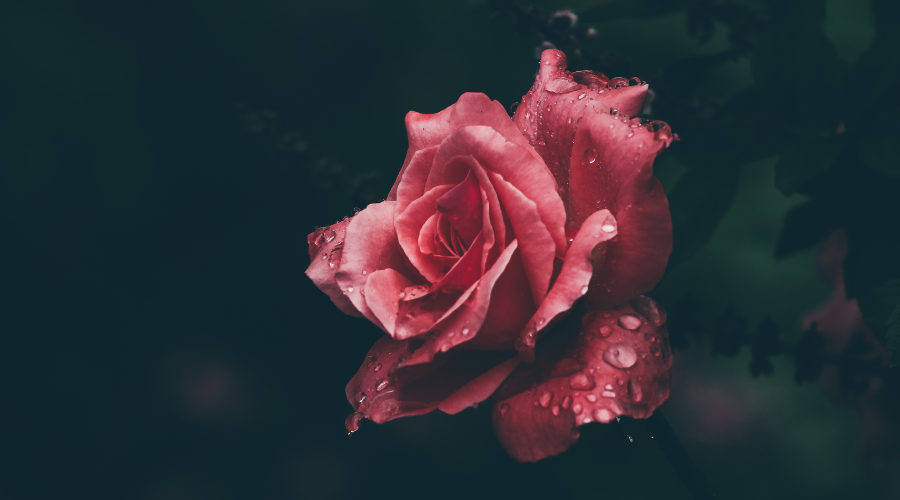
Roses are a big favorite in gardens everywhere, aren’t they? They’re not just pretty to look at; they also fill the air with their lovely scent. It’s no wonder so many of us love having them around! But, as wonderful as roses are, they do come with their own set of challenges. The biggest one? Pests. Yep, those tiny creatures that can cause big problems for your beautiful roses.
But hey, no need to worry too much. Just grab your gardening gloves, and let’s get ready to tackle this together. In this article, we’re going to talk about the ‘Common types of Pests that love Roses’ just as much as we do (but not in a good way) and what we can do to keep our roses safe and blooming beautifully. Let’s dive in and turn our rose gardens into the envy of the neighborhood!
Spotting and Managing Pests in Your Rose Garden
To keep your rose garden flourishing, it’s crucial to start by regularly checking your plants for these pests. Aphids, thrips, beetles, and spider mites are the usual suspects, and catching them early can make a big difference.
Keep an eye on their numbers, because a few can quickly become many. Also, be on the lookout for the good guys in this scenario – natural enemies of these pests like ladybugs and lacewings. These beneficial insects are nature’s way of keeping the pest population in check. Regular monitoring helps maintain a healthy balance in your garden, keeping your roses vibrant and thriving.
Understanding Common types of pests that love Roses
Aphids
Aphids are tiny, soft-bodied insects found in various colors. Well, they’re pretty sneaky and like to suck the sap from your plants. This not only messes up the leaves, making them all distorted but also leads to this sticky stuff called honeydew. And guess what? That honeydew can turn into sooty mold. But no worries, you can keep them in check! Just give them a good spray with water, or use some insecticidal soap. Oh, and another cool trick? Bring in some ladybugs – they love to munch on these pests.
Thrips
These little guys are super slender and tiny, usually hanging out in brown or black. They’re not the friendliest to plants, scraping away at the tissues. This scraping? It’s what causes those streaks and turns your petals and leaves all sorts of funky colors. But don’t stress, managing them is doable! You can use insect sticky traps to catch them, or spray some insecticidal soap or neem oil to keep them at bay.

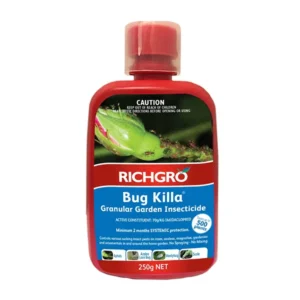
Richgro Bug Killa Granular Insecticide
66 reviews $15.90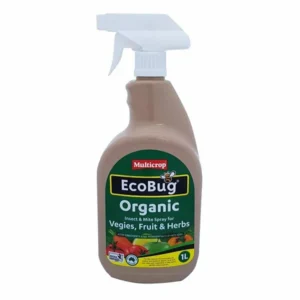
Multicrop EcoBug Organic Insect & Mite Spray
1 reviews $10.90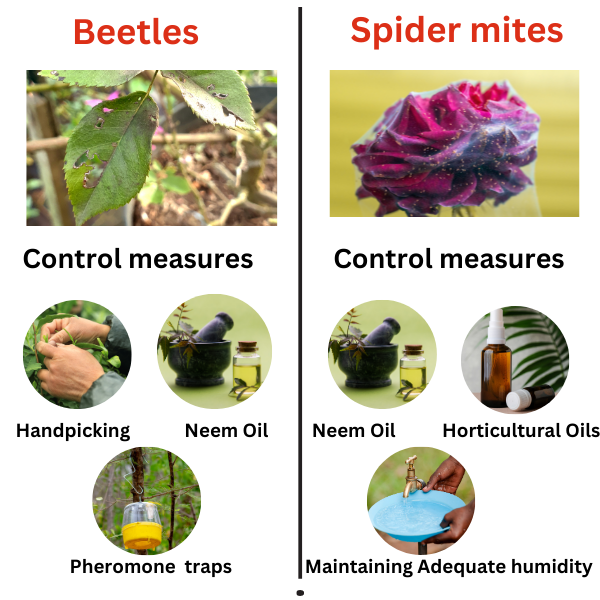
Beetles (like Japanese Beetles):
Bettles are insects with shiny, metallic bodies, but they’re not as cool as they sound. These critters are flower and foliage munchers. What they leave behind is a bit of a horror show – leaves that look like skeletons and blooms that are all chewed up. Try handpicking them off (yep, get those gloves on), or use neem oil for a more natural approach. And pheromone traps? They work like a charm to lure them away.
Spider Mites:
Atlast, we’re dealing with these really tiny mites. You’ll know they’re around because they make these fine, delicate webs all over your plants. And when they start feeding, oh boy, your leaves will begin to look a bit off – they turn yellow and get all speckled. A simple fix is to give your plants a good rinse. You could also use horticultural oils, which are pretty great. And for an extra boost, maintaining the right level of humidity helps a lot. A handy tip? Place some trays filled with water near your plants
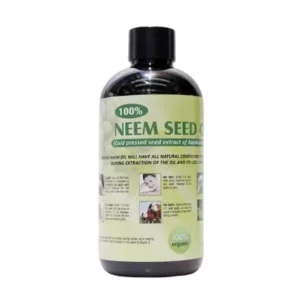
Cold Pressed Neem Seed Oil
4 reviews $19.99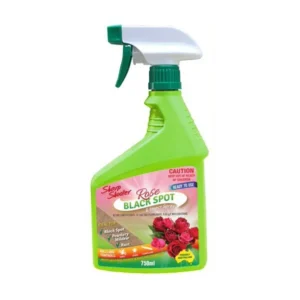
Sharp Shooter Rose Black Spot & Insect Spray
2 reviews $9.90Conclusion
For all these pests, prevention and early intervention are key. Maintaining healthy plants through proper watering, fertilization, and pruning can make your roses less appealing to pests. Regular monitoring helps in early detection and more effective control. Additionally, fostering a garden ecosystem with a variety of plants can attract natural predators that help keep pest populations in check.
By embracing these practices, you not only ensure the health and beauty of your roses but also contribute to a balanced and thriving garden ecosystem. So, with this knowledge in hand, let’s step out into our gardens and enjoy the journey of nurturing our beloved roses to their fullest potential. Happy gardening!




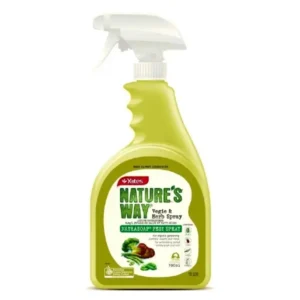
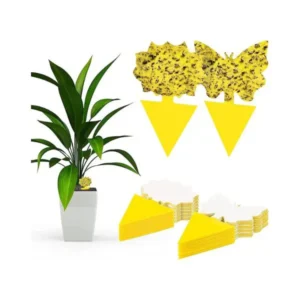
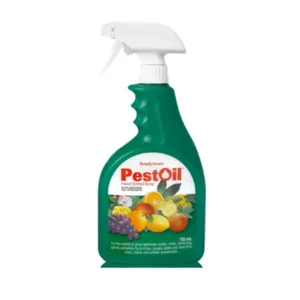
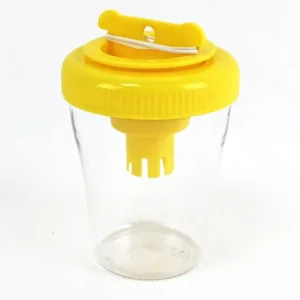
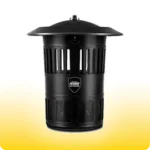 Mosquito Traps
Mosquito Traps